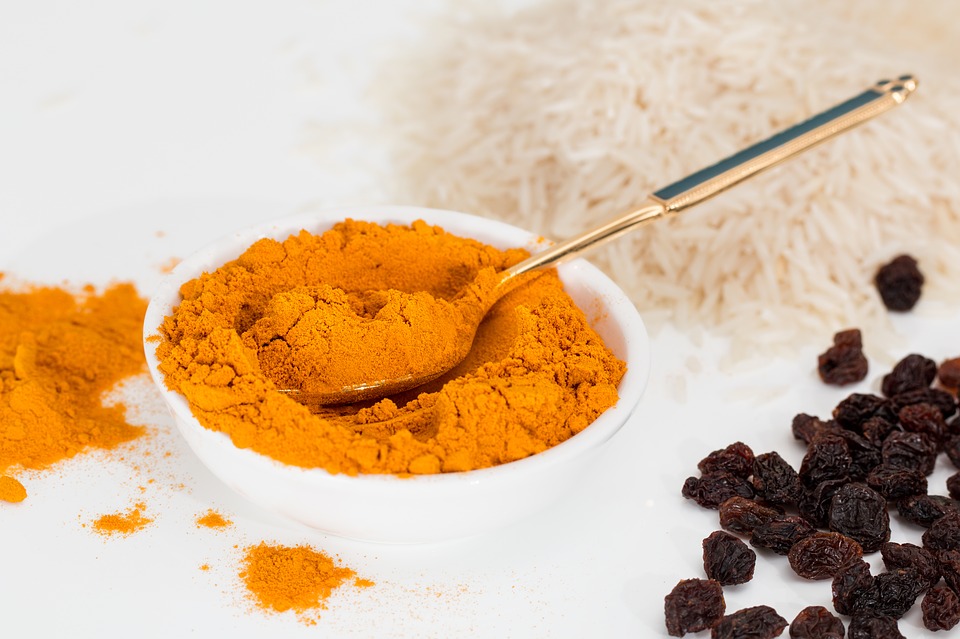Turmeric is a rhizomatous herbaceous perennial plant of the ginger family, Zingiberaceae. Turmeric is also known as Indian saffron, jiang huang, haridra and haldi. It is a spice grown in many Asian countries. Turmeric is the spice that gives curry its yellow color. It has been used in India for thousands of years as a spice and medicinal herb.
Cancer is the most dreadful disease worldwide in terms of morbidity and mortality. The exact cause of cancer development and progression is not fully known. Curcumin, a vital constituent of the spice turmeric, is an alternative approach in the prevention of cancer. Earlier studies have shown the effect of curcumin as an antioxidant, antibacterial, antitumor and it also has a noteworthy role in the control of different diseases. Curcumin has been used extensively in Ayurvedic medicine, as it is nontoxic and exhibits a variety of therapeutic properties, including antioxidant, analgesic, anti‑inflammatory and antiseptic activities.
According to Daily Mail Online After five years of living with cancer and the ravages of side-effects from repeated unsuccessful treatment, Dieneke Ferguson thought she was finally losing the battle. She had a serious relapse and there seemed little hope. She started a daily dietary supplement of curcumin when approaching her third relapse. In the absence of further antimyeloma treatment, the patient plateaued and has remained stable for the last 5 years with good quality of life. According to BMJ she continues to take oral curcumin 8 g daily without further antimyeloma treatment. After 5 years, her myeloma has remained stable with minimal fluctuation in paraprotein level, her blood counts lie within the normal range and she has maintained good quality of life throughout this period.
Kalashnikova et al 2017 reported that attaching curcumin, a component of the common spice turmeric, to nanoparticles can be used to target and destroy treatment-resistant neuroblastoma tumor cells (childhood cancer)
Wilken et al 2011 reported in his study Curcumin is one such potential candidate, and this review presents an overview of the current in vitro and in vivo data supporting its therapeutic activity in head and neck cancer as well as some of the challenges concerning its development as an adjuvant chemotherapeutic agent.
Why turmeric isn’t being used clinically to treat cancer
According to another research Salem et al 2014 reported that Curcumin inhibit cancer cell survival and proliferation, and to induce apoptosis without promoting the development of side effects. However, due to its sparing solubility and low bioavailability, curcumin has not yet been clinically used to treat cancer.
Curcumin has been shown to have substantial anti-cancer ability, but its low solubility and poor stability have made its use in medicinal applications challenging.
Source: Daily Mail Online, Wilken et al. Molecular Cancer 2011, 10:12. , BMJ.com, Salem et al., RSC Adv., 2014,4, 10815-10829
